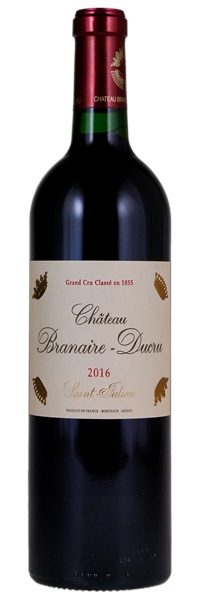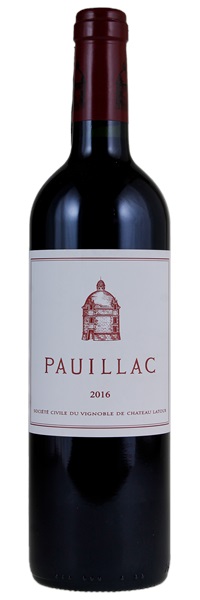See item details for bottle notes
Removed from a temperature and humidity controlled wine storage unit; Purchased direct from a distributor

Image above is an example. To view the image of the lot, click the item number.
Estimate

The core of this red is loaded with pure plum, blueberry and black currant fruit flavors. The polished structure is integrated, with alluring ganache, anise and sweet tobacco notes throughout...
Unwinding in the glass with deep aromas of dark berries, cassis, loamy soil, pencil shavings and cigar smoke, it's medium to full-bodied, layered and concentrated, with a taut, structured profile and a long, penetrating finish. The only missing ingredient here is time.

The core of this red is loaded with pure plum, blueberry and black currant fruit flavors. The polished structure is integrated, with alluring ganache, anise and sweet tobacco notes throughout...
Unwinding in the glass with deep aromas of dark berries, cassis, loamy soil, pencil shavings and cigar smoke, it's medium to full-bodied, layered and concentrated, with a taut, structured profile and a long, penetrating finish. The only missing ingredient here is time.

The core of this red is loaded with pure plum, blueberry and black currant fruit flavors. The polished structure is integrated, with alluring ganache, anise and sweet tobacco notes throughout...
Unwinding in the glass with deep aromas of dark berries, cassis, loamy soil, pencil shavings and cigar smoke, it's medium to full-bodied, layered and concentrated, with a taut, structured profile and a long, penetrating finish. The only missing ingredient here is time.